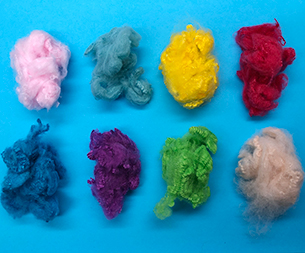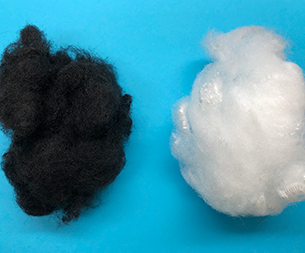With the serious challenge of global climate change intensifying. All walks of life are looking for ways to actively reduce emissions. At present, the textile industry is facing multiple pressures of low carbon and sustainable development. How to achieve a significant reduction in carbon emissions while ensuring economic development has become a problem that the textile industry must face and solve.
At present, textile fiber raw materials, processing dyes or additives produce a lot of wastewater and pollutants, and the production process is highly dependent on direct energy resources such as coal, electricity, oil and natural gas, including water resources consumption, energy consumption, wastewater discharge, waste treatment and so on. At the same time, the Progress report of the "Fashion Brand 30·60 Carbon Neutral Acceleration Plan" shows that the current annual greenhouse gas emissions of China's textile and garment industry are about 230 million tons, accounting for about 2% of the national emissions, accounting for 2.8% of the national industrial carbon emissions.
In order to win the 2% "carbon reduction" war, small and medium-sized enterprises are an indispensable part of China's carbon peak and carbon neutrality. 99.8% of textile enterprises are small, medium and micro enterprises, and 86.8% of textile employees are from small, medium and micro enterprises.
Technological innovation is also the key to carbon reduction in the textile industry. It is necessary to increase the research and development of textile machinery, printing and dyeing technology, promote high-efficiency and energy-saving textile equipment and processes, and improve energy efficiency. At the same time, we should actively explore the application of green fibers, degradable dyes and other environmentally friendly materials to reduce the impact on the environment.
The government should strengthen policy guidance and formulate policies and measures conducive to the carbon reduction of the textile industry. For example, increase support for green textile enterprises, provide tax incentives, financial support and other policy support; Establish green textile certification system to improve consumers' awareness and acceptance of green textiles; Strengthen industry supervision and promote textile enterprises to implement emission reduction responsibilities.
The textile industry to win the 2% carbon reduction war is a difficult and urgent task. Only when we fully recognize the importance of carbon reduction in the textile industry, clear carbon reduction targets and formulate action plans, promote technological innovation to improve energy efficiency, develop circular economy to promote waste resources, strengthen policy guidance to form joint efforts and strengthen international cooperation to cope with climate change can we achieve it.
Declaration: The content of this article is organized from the Internet, and the copyright belongs to the original author; If there is infringement, please inform in time and contact to delete.
- Polypropylene staple fiber is wi
- How to better exert the power of
- The characteristics of all aspec
- Internet technology changes cons
- Polypropylene staple fiber proce
- The traditional peak season has
- The performance advantages of Hy
- Operation analysis of China's in
- What factors are Polypropylene s
- From January to August this year
- Markets
- Automotive Products
- Nonwoven Lining
- Geosynthetics
- Liquid Filtration
- Apparel and Textiles
- Hygiene Products
- Building and Construction
- Other Markets
- Contact Us
- Contact Haibang





